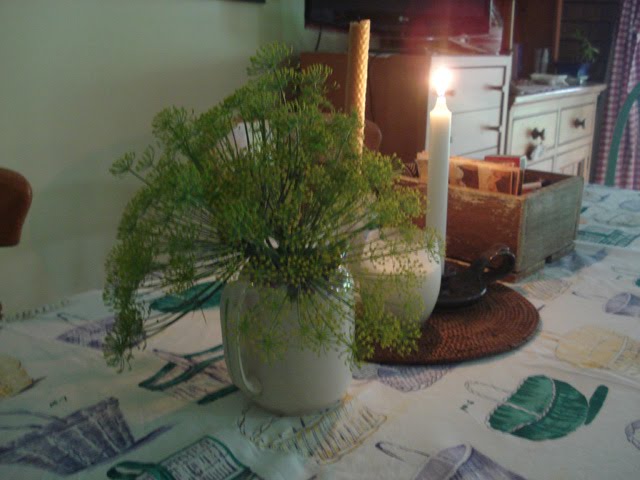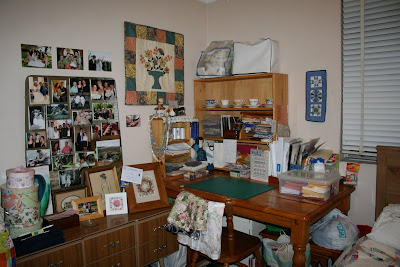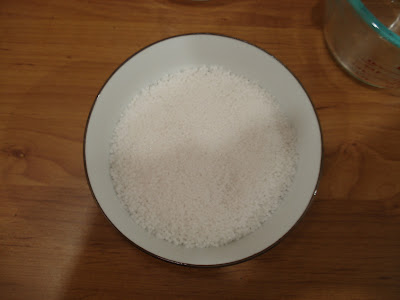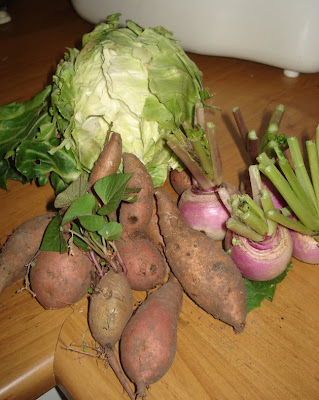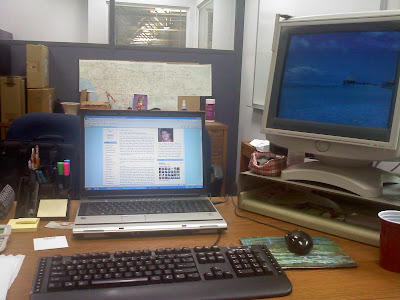There is no doubt about it, when most of us think of living a simple life, we think of the country. Hanno and I live on the edge of a rural town, an hour's drive from our State capital. We have lived in Hamburg, Sydney, various regional towns and cities and, for 13 years, in an isolated mining town; this way of life is suited to all those places, it is not just for country folk. I received an email from a young city girl the other day. She is 27 years old, newly married and longing to move to the country. She and her husband both work in the city and travel in from the suburbs each day on the train. She hates it and wants to start a family, be a SAHM and create a home in the country. She wrote saying she's delaying all her dreams so they can save for a house deposit but it's making her miserable. She wants to be making soap, knitting and cooking healthy meals instead. I told her I would answer her email here in this post today. I am sure many readers will also have friendly advice for her and maybe even be in the same position. If so, please take the time to share your experience.
The phrase "I live in the country" has a powerful and utopian feeling attached to it. It makes us think of long walks down quiet lanes, ducks on ponds, apron-clad grandmas taking scones from the oven and family dinners around a big kitchen table. Of course, country living can include all those things, but so can city living.
Start living the life you want right now where you are. You don't have to be in a country location to do any of the things that Hanno and I do. You are probably in a better place to shop frugally in a city, you have more supermarkets, butchers, green grocers and organic stores to choose from. If one doesn't suit, you choose another. You often don't have that choice in the country. If you learn how to shop wisely and use that saved money for your deposit, you'll be able to move sooner. You can learn how to cook from scratch in any kitchen. You can make soap anywhere. You can dispose of disposables, kick harmful chemicals out of your life, stop using plastic and start a natural beauty program right here, right now. You can learn how to knit and sew and as you have a long train ride to the city for work, that time could be put to good use by knitting on the train. All of those activities can help you slow down and live more simply, they will also help you save money so you can move sooner. See this as a period of preparation when you can build your skills, not a time when you just want it over and done with. All stages of life have good as well as bad bits, hopefully you'll learn equally from them both.
I often write about how important it is to provide a safe and comfortable home. I think that is more important in the city because outside your front door can be so uninviting. and chaotic Spending some time making your home the way you want it to be, within the limits of your tight budget, could be both a challenge and a blessing. I know this to be as true today as it was when I first married: working side by side with your husband towards shared goals, especially if they require hard work and commitment, has the potential to bind you closer together and make you a solid unit. Don't see this as hardship, although it might feel like it at times, this is just one stage of your life that will lead on to something better. Going through these hard times makes the good times better, you appreciate what you work towards and you understand the value of a good days work. Work is not an enemy, it can be the making of you.
See if you can work out a system where you live on one wage and save the other, or most of it. If you can do that, you'll be in the driver's seat and you'll be making the most of your situation. Talk to your husband about all this because you'll both need to be working towards the same goal. Make plans for the future you want together so that you both have the rewards clearly in your minds. You might need that when things don't go according to plan, and there will be those times. If you are lucky, living simply will make you more generous, tender, kinder, happier and more content but it will also make you strong, capable and a fighter. It is very rare indeed to have anything of value handled to you on a silver plate. Most things of value need to be worked for. Never forget that.
I think you're in a wonderful position. You're young and living with the person you've chosen to be with forever. That alone should help you climb most mountains you come across. But if you two can combine forces, decide what you value, come up with a plan on how to achieve what you both want and then work side by side for it, you'll get there. Simple living is a slow, small steps process. Having things instantly is a modern ideal what will bring you undone. Take your time, understand your strengths, work according to them and in time you'll get your dream. When you look back in 20 years, you'll realise that this time brought many significant rewards that make you the person you want to be.
I send you my best and hope the coming months will bring you the kind of life you're longing for. You might not be in the location you hope to be but you should be able to clearly see a way of getting there. Remember, you're not just building a simple life, you're also building a life with your husband, respect and trust for each other and a marriage. And that takes time.



